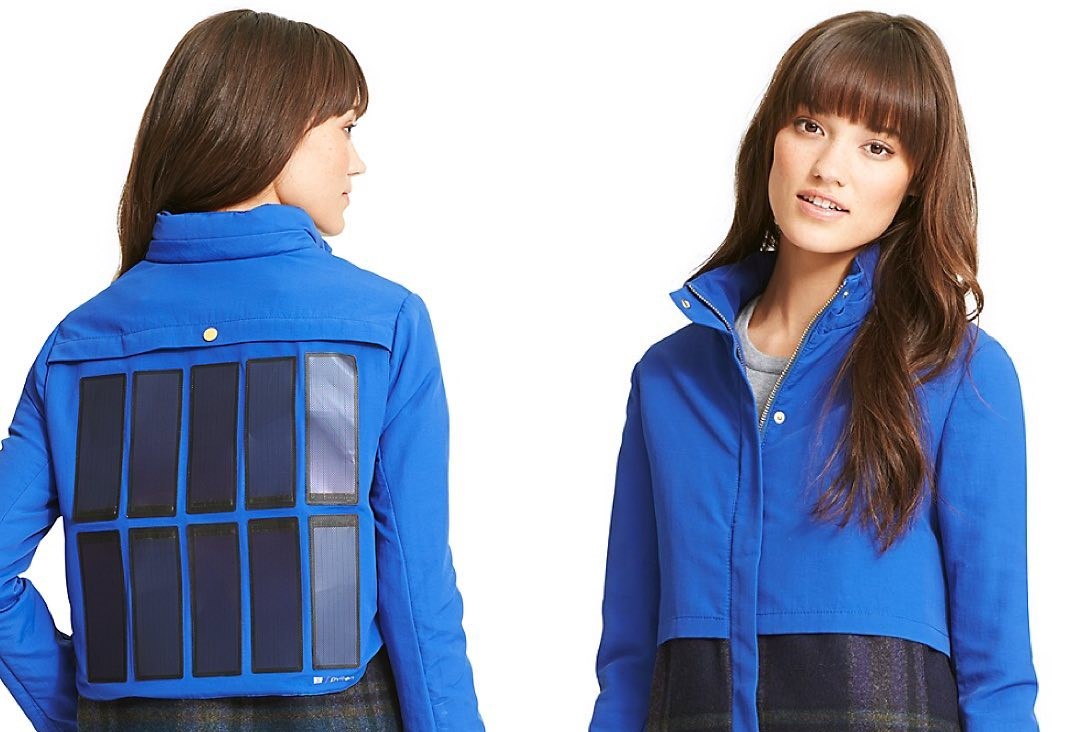Introduction
As technology advances and sustainability concerns grow, the fashion and textile industry is exploring innovative ways to integrate energy efficiency into clothing. One of the most promising frontiers is energy harvesting textiles—fabrics capable of generating and storing power through kinetic, thermal, and solar energy conversion. These textiles can power wearable electronics, reduce dependency on traditional batteries, and contribute to a more sustainable future.
With wearables becoming more common in health monitoring, sports performance, and smart fashion, self-powered clothing could revolutionize how we interact with technology. According to a Market Research Future report, the global smart textiles market is projected to reach $6.5 billion by 2027, driven largely by the demand for self-sustaining wearable electronics.
Types of Energy Harvesting in Textiles
1. Kinetic Energy Textiles
Kinetic energy harvesting textiles generate electricity from body movements such as walking, running, or stretching. This is typically achieved through:
- Piezoelectric Materials: These materials produce an electric charge when subjected to mechanical stress. A team at the University of Bath (UK) developed a flexible piezoelectric fiber that can be woven into clothing to generate power from movement.
- Triboelectric Nanogenerators (TENGs): TENG technology harnesses friction between fabric layers to generate electricity. Researchers at the Beihang University (China) developed a TENG-powered textile that can charge small devices simply by the motion of the wearer.
Real-World Example:
- Nike’s Self-Lacing Shoes (Adapt BB): While not fully energy-harvesting, these shoes demonstrate the potential of kinetic energy textiles. Future iterations could integrate piezoelectric fibers to power the self-lacing mechanism through motion.
2. Thermal Energy Textiles
Body heat is another energy source that can be harvested using thermoelectric generators (TEGs). These devices exploit the temperature difference between the skin and the external environment to produce electricity.
Advancements in Thermal Energy Textiles:
- Scientists at Purdue University (USA) have developed thermoelectric textiles capable of generating over 20 milliwatts per square meter, enough to power small sensors.
- The Swiss Federal Laboratories for Materials Science and Technology (EMPA) created a fabric with embedded thermoelectric modules that can power a wristwatch just from body heat.
- Power Felt by Wake Forest University: This thermoelectric fabric, embedded with carbon nanotubes, can convert body heat into usable energy, paving the way for future self-powered wearables.
3. Solar Energy Textiles
Solar-powered textiles integrate photovoltaic (PV) cells into fabric to capture and convert sunlight into electricity.
Innovations in Solar Textiles:
- Researchers at RMIT University (Australia) developed ultra-thin solar fabrics by embedding organic solar cells directly into textile fibers.
- MIT’s Flexible Solar Panels: MIT engineers created solar panels that are 100 times lighter and 18 times more efficient than traditional solar cells, making them ideal for wearable integration.
- Tommy Hilfiger’s Solar Panel Jackets: These jackets incorporate flexible solar panels on the back, capable of charging a smartphone or other small electronic devices while on the move.
Challenges in Energy Harvesting Textiles
Despite the potential, several hurdles must be overcome before energy-harvesting textiles become mainstream:
- Durability and Washability: Many energy-harvesting materials degrade when exposed to moisture, repeated washing, or mechanical stress.
- Efficiency of Energy Conversion: Current textiles generate relatively small amounts of power, making them insufficient for high-energy-demand devices.
- Cost and Scalability: High production costs limit widespread adoption. Research is needed to develop cost-effective and scalable production methods.
- User Comfort and Aesthetics: Integrating rigid energy-harvesting components into textiles without compromising comfort and fashion remains a challenge.
Future Prospects and Market Potential
The future of energy-harvesting textiles looks promising as research advances and production costs decrease. Companies and research institutions are actively working on improving efficiency and durability. The European Commission’s Smart Textiles Initiative and investments from major apparel brands indicate strong industry interest in commercializing self-powered clothing.
Conclusion
From kinetic and thermal to solar energy, self-powered clothing has the potential to reduce reliance on traditional batteries, enhance convenience, and contribute to energy-efficient lifestyles.
With growing consumer interest in smart wearables and sustainable fashion, the future of energy-harvesting textiles is not just promising—it’s inevitable.
